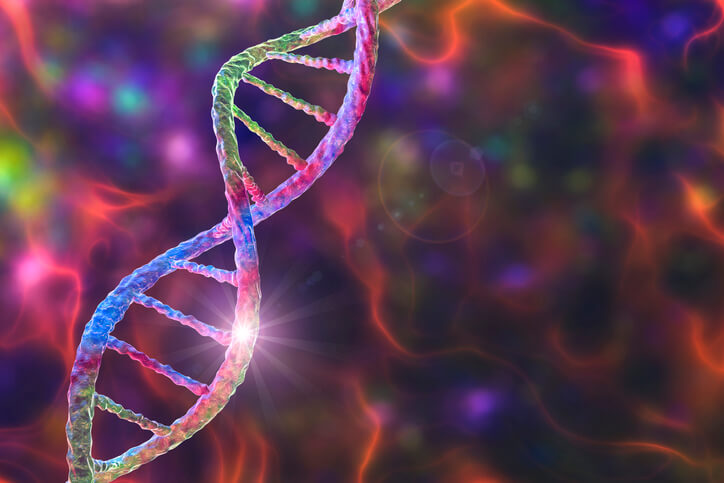
Artificial Intelligence Takes a Shot at Analyzing Animal Behavior
A group of researchers at the University of Michigan have developed user-friendly artificial-driven software called as LabGym. This software automatically analyzes animal behavior. This model would be very much useful in developing life science and drug development in near future. The findings were published in the article “LabGym: quantification of user-defined animal behaviors using learning-based holistic assessment,” in the journal Cell Reports Methods on February 24. It is instrumental in measuring animal behavior, knowing its fundamental neural process, and also evaluating the therapeutic and adverse effects of the drugs.
The model organism that was used in studying animal behavior was Drosophila melanogaster (fruit flies) to understand the exact mechanism involved in the development and functions of the nervous system in humans. The study has been taking place by Bing Ye, Ph.D., professor of life sciences at the University of Michigan, and his team. “Behavior is a function of the brain. So, analyzing animal behavior provides essential information about how the brain works and how it changes in response to disease,” said Yujia Hu, a neuroscientist in Ye’s lab and lead author of the study. It is very tedious and time-consuming to detect animal behavior manually and also it is prone to human error.
“Many of these behavior analysis programs are based on pre-set definitions of a behavior,” said Ye. “If a Drosophila larva rolls 360 degrees, for example, some programs will count a roll. But why isn’t 270 degrees also a roll? Many programs don’t necessarily have the flexibility to count that, without the user knowing how to recode the program.”
The scientific view
To overcome the challenges, Hu and his team decided to develop a new program that can replicate human cognitive processing and would be able to ‘think’ like the scientists. It can be used by naive scientists that do not have any idea about coding. By using this LabGym model, researchers can put in any example of behavior that they want to analyze and program the software about what it should count. The program then uses deep learning to improve its ability to recognize and quantify
the behavior.
LabGym utilizes a combination of images and videos in the form of data to gain reliability and flexibility. The data obtained through video recordings can be challenging sometimes for AI programs to analyze the data. To get better results from LabGym, Hu generated images that portray the pattern of the animal’s behavior by integrating the outlines of the animal’s position at different timelines. Combining the pattern images and the video data, increases the accuracy in analyzing the different behavior of animals.
More about the LabGym
The most important advantage of this model is its species flexibility. Though it was designed by using only one organism i.e. Drosophila melanogaster, it is not limited to one species. With the help of this model, the researchers will be able to study the behavior of the different species without needing any programming skills and a high-powered computer.
Carrie Ferrario, who studies neural mechanisms that contribute to addiction and obesity in rat models, helped Ye and his team to develop this model system. “I’ve been trying to solve this problem since graduate school, and the technology just wasn’t there, in terms of artificial intelligence, deep learning, and computation,” said Ferrario. “This program solved an existing problem for me, but it also has
really broad utility. I see the potential for it to be useful in almost limitless conditions to analyze animal behavior.” In future studies, Ye’s team plans to assess animal behavior in natural environments to improve the performance of the LabGym model system.






